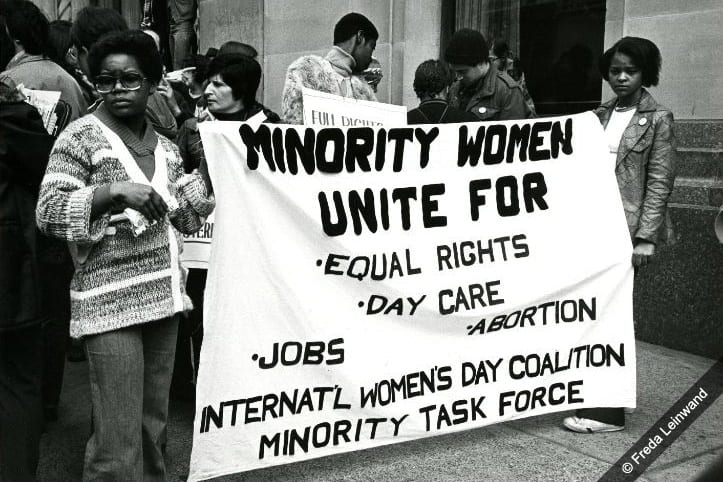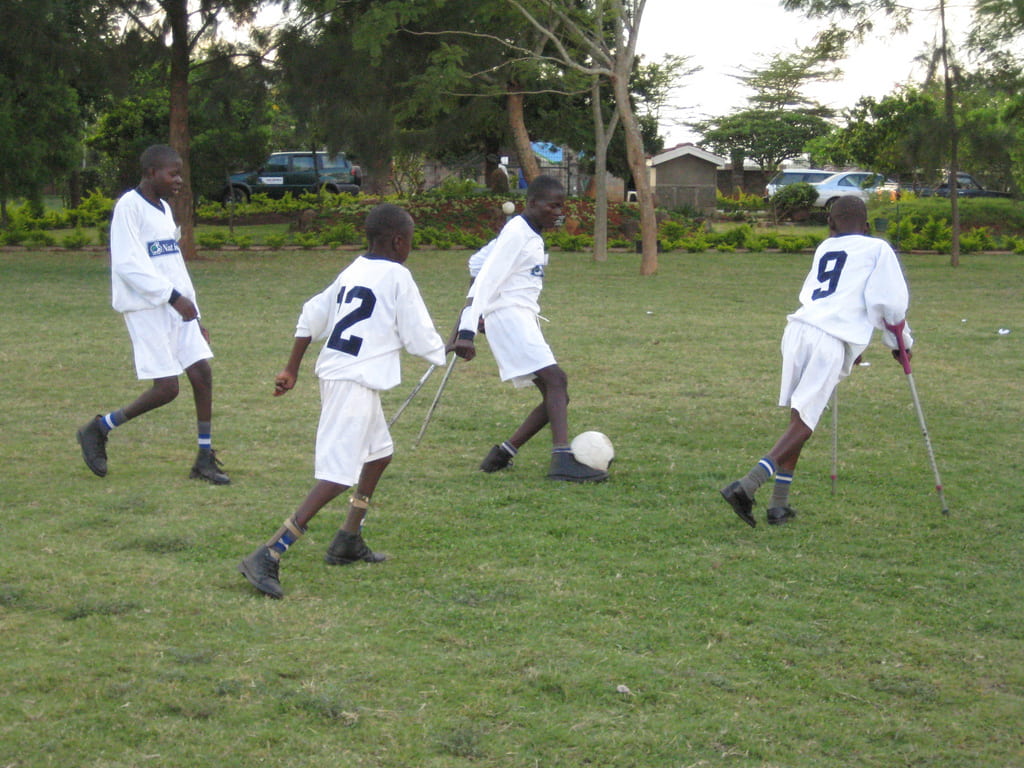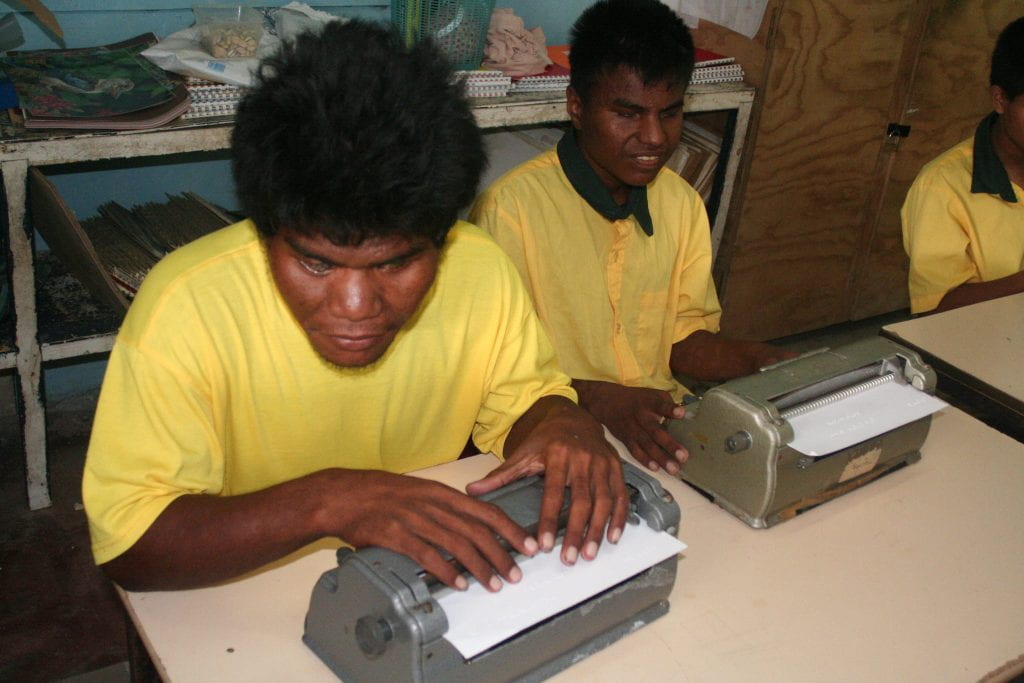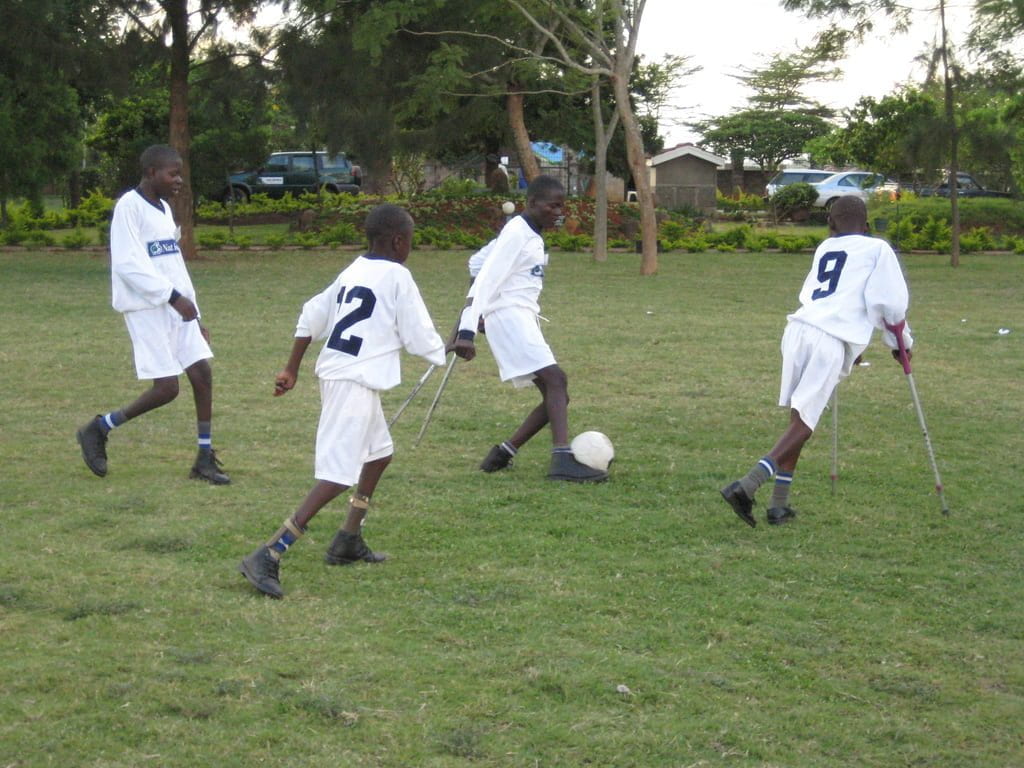
In recent news, the subject of discussing racism and race within schools has become a controversial topic. On Wednesday, November 10th, the Institute for Human Rights at UAB welcomed Dr. Michelle Allen, UAB Diversity Education Director. Dr. Allen has a research background in Critical Theory, Queer Studies, and Narrative Inquiry. The seminar was moderated by Dr. Courtney Andrews, Researcher at the Institute for Human Rights (IHR) and Adjunct Professor of Anthropology. Throughout the discussion, Dr. Allen provided an overview of critical theory, discussed the place of the theory, and discussed race within secondary education.
Origins of Critical Race Theory
Dr. Allen began the conversation by defining critical theory and its use as a lens. Dr. Allen asserts critical race theory is based within legal studies. Critical Race Theory began in the legal academy in the 1970s and grew from the 1980s to the 1990s. Critical race theorists suggest that since race is embedded within our society, it is based within the laws that regulate the society. The purpose of the theory is to challenge neutrality and rationality in the judicial sphere. Thus, based upon this definition of the theory, racism is presented as systemic, and Dr. Allen emphasizes how each racial group can treat critical race theory as a “launching pad” for understanding their marginalization within society.
The Tenants of Critical Race Theory
From there, critical race theory was defined by five tenants: “race is a social construct, racism is a normal feature of society, lived experiences as scholarship, racism is codified in laws, and centering intersectionality.” Dr. Allen elaborates that race is not defined through biological means but rather through society creating meaning behind race as a construct. Furthermore, due to race being a social construct, it is a systematic issue that is produced from society and creates inequalities involving those minority groups. From these inequalities, Dr. Allen emphasizes how the lived experience of a person, as they experience racism, can serve as a possibility model to greater comprehend the lived experience of that entire minority group. Furthermore, how these individuals experience the world with all their intersecting identities from gender to sexuality to race.
Intersectionality
Kimberlé Crenshaw coined the term “intersectionality,” which is the idea of “colluding identities coming together to paint a picture or create a unique lived experience,” as Dr. Allen defines. She further expands upon the significance of intersecting identities or a “colluding web of oppression” with an interesting case of General Motors. In the 1960s, the company had a policy that the people most recently hired would be laid off in situations of economic hardship. The policy was established to support layoffs during the 1970s. The most recently hired group consisted of black women, thus they were the most fired group. Five of these women filed a lawsuit against General Motors for discrimination, but the issue began with determining which identity the discrimination was based on. The lawyers could not prove that there was discrimination based on both being women and being black. Due to the isolation of gender and race, General Motors was able to prove the lack of discriminating due to hiring black people and women in general. Ultimately, this case displays the necessity of shifting the conversation to be inclusive and critical of the merging of various identities especially when we exist in an emerging global society.
Resistance to Critical Race Theory
Despite the applicability of critical race theory, the question that is often raised regarding the theory is if it should be taught within secondary schools. One participant went further and asked Dr. Allen “why is there resistance towards the theory being taught within schools?” Dr. Andrews suggested that white people often face difficulty in recognizing their own power and the shift in power once they realize their privilege in society. They remain complacent in attempting to understand racism systematically because, on an individual level, they feel they are not racist or discriminatory. Dr. Allen added on that within America, white people often have the luxury to view themselves as individuals compared to other minority groups who must identify with their racial group. Thus, white people do not feel that critical race theory is necessary to be absolved from a group-based identity.
The conversation shifted to address another question raised of whether people resist critical race theory due to ignorance or lack of understanding. Dr. Allen answers there is a culture of anti-intellectualism in which the general population prefers a non-expert over a more qualified person, even in areas of government. When Dr. Allen teaches her diversity courses, people often question the terms she presents, such as “cisgender,” and do not understand or recognize the importance of academia and scholarship in developing these new ideas or terms. Another participant argued that there is not a lack of understanding critical race theory, but that people simply do not want to engage in the conversation. They might not want their children to be taught that white people as a group have historically oppressed people of color. There is a misconception in America that discussing racism will create more racism, but people fail to comprehend that racism is implicitly taught by people around them saying or doing terrible things, so teaching that it exists and why it is wrong is important to prevent it from becoming a belief and practice in our children. In other countries where traumatic events of bigotry occurred like in Germany with Holocaust or South Africa with Apartheid, the events are explicitly taught and discussed to effectively address the ramifications of such tragic events. In the U.S., people often take the discussion of racism personally and do not recognize that it is a societal and systemic issue.
In discussing the role of critical race theory in schools, Dr. Allen emphasizes how the theory should not be solely taught as a lesson plan for the week, but rather be infused within the subject that is being taught. A participant who is a teacher raised a concern and asked Dr. Allen how to properly implement critical race theory into educational curriculum. Dr. Allen responded that it is important to acknowledge the history of certain forms of knowledge. For example, when discussing gynecological knowledge, it can be explained that this information was gained through the exploitation of black women through unethical scientific experimentation by people like Dr. Marion Sims and others. The point is not necessarily to teach critical race theory – a high level social theory – to high school students, but to teach them a true and accurate history of the systemic exploitation, discrimination, and marginalization of People of Color in American history as well as their contributions to our society. In this way, it is possible to de-center whiteness and white people as the dominant force driving our history and our future.
Thank you, Dr. Allen and Dr. Andrews and thank you everyone who participated in this eye-opening discussion.








